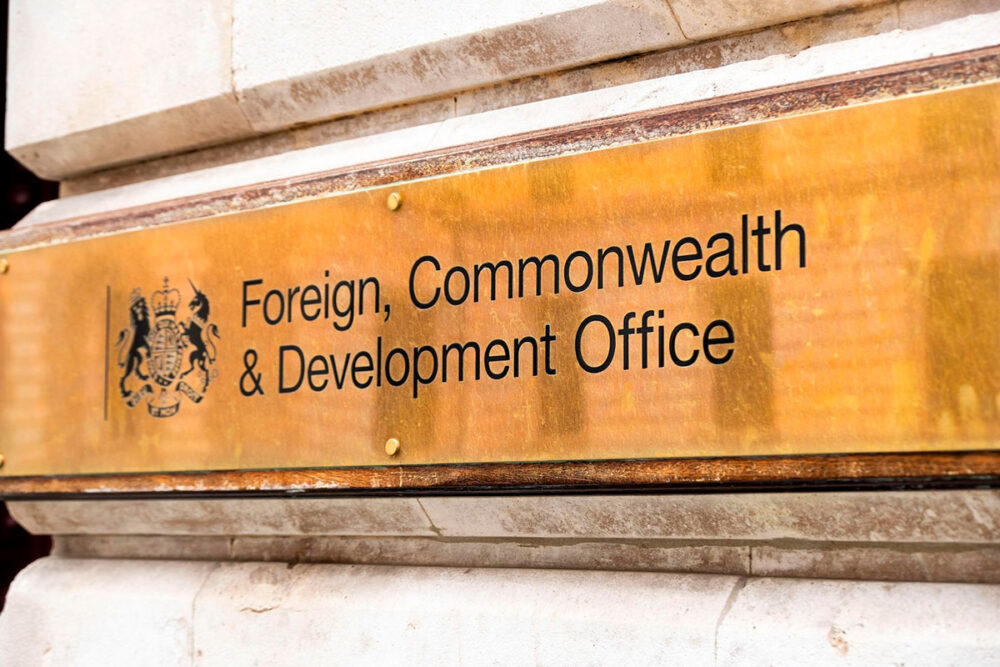Background to the report
Crossrail is a large, complex programme to run new, direct rail services between Reading and Heathrow Airport at the western ends of the railway, to Shenfield in Essex and Abbey Wood in south-east London at the eastern ends. Once Crossrail is open, it will become part of Transport for London’s (TfL’s) rail and underground network and will be known as the Elizabeth line.
Jump to downloadsIn August 2018, Crossrail Ltd announced that the programme could not be delivered on time and that they would not be in a position to open the central section through London in December 2018 as planned. In December 2018, the Department for Transport announced that cost increases on the programme had resulted in an increase in funding to £17.6 billion (some £2.8 billion more than the level of funding announced in 2010), including more than £2 billion of loans from the government to TfL and the Greater London Authority. In April 2019, Crossrail Ltd announced that it plans to introduce services, excluding Bond Street station, which is still significantly delayed, on the central section of the railway at some point between October 2020 and March 2021.
Content and scope of the report
This report is not intended to apportion blame for what has happened to the Crossrail programme. Our aim is to set out why and how the programme ran into difficulty, and what Crossrail Ltd needs to do to manage the remaining risks to the programme and deliver the promised benefits to passengers and the economy.
We have focused primarily on the period from 2015 to March 2019, as problems started to emerge on the programme from 2015. We have also looked at some of the decisions Crossrail Ltd made before this point. Crossrail Ltd now has a new management team, Chair and board members. We have not audited the work of the new management team.
Report conclusions
Until the new services are open to passengers and the final costs of the programme are known, it is not possible to conclude on overall value for money. What we can say is that there are a number of features in the way the programme has been delivered that have driven unnecessary cost. The compressed schedule, the contractual model, the loss of downward pressure on costs, and the absence of a realistic plan were set against an atmosphere where ‘can do’ became unrealistic. All these factors and many more set out in this report have contributed to underachievement in terms of cost and progress so far.
As mentioned at the start of this report, Crossrail must be completed and the new Crossrail Ltd management team needs to be supported in getting that task executed in the most practical and achievable way possible.
“Throughout delivery, and even as pressures mounted, Crossrail Ltd clung to the unrealistic view that it could complete the programme to the original timetable, which has had damaging consequences. DfT and TfL must support the new Crossrail Ltd executive team to get the railway built without unrealistic cost or time expectations. While we cannot make an overall assessment of value for money until Crossrail is complete, there have been a number of choices made in the course of this project that have clearly damaged public value.”
Amyas Morse, head of the NAO
Downloads
- Full report - Completing Crossrail (.pdf — 559 KB)
- Summary - Completing Crossrail (.pdf — 92 KB)
- ePub - Completing Crossrail (.epub — 1 MB)
Publication details
- ISBN: 9781786042576 [Buy a hard copy of this report]
- HC: 2106, 2017-19
Press release
View press release (3 May 2019)


